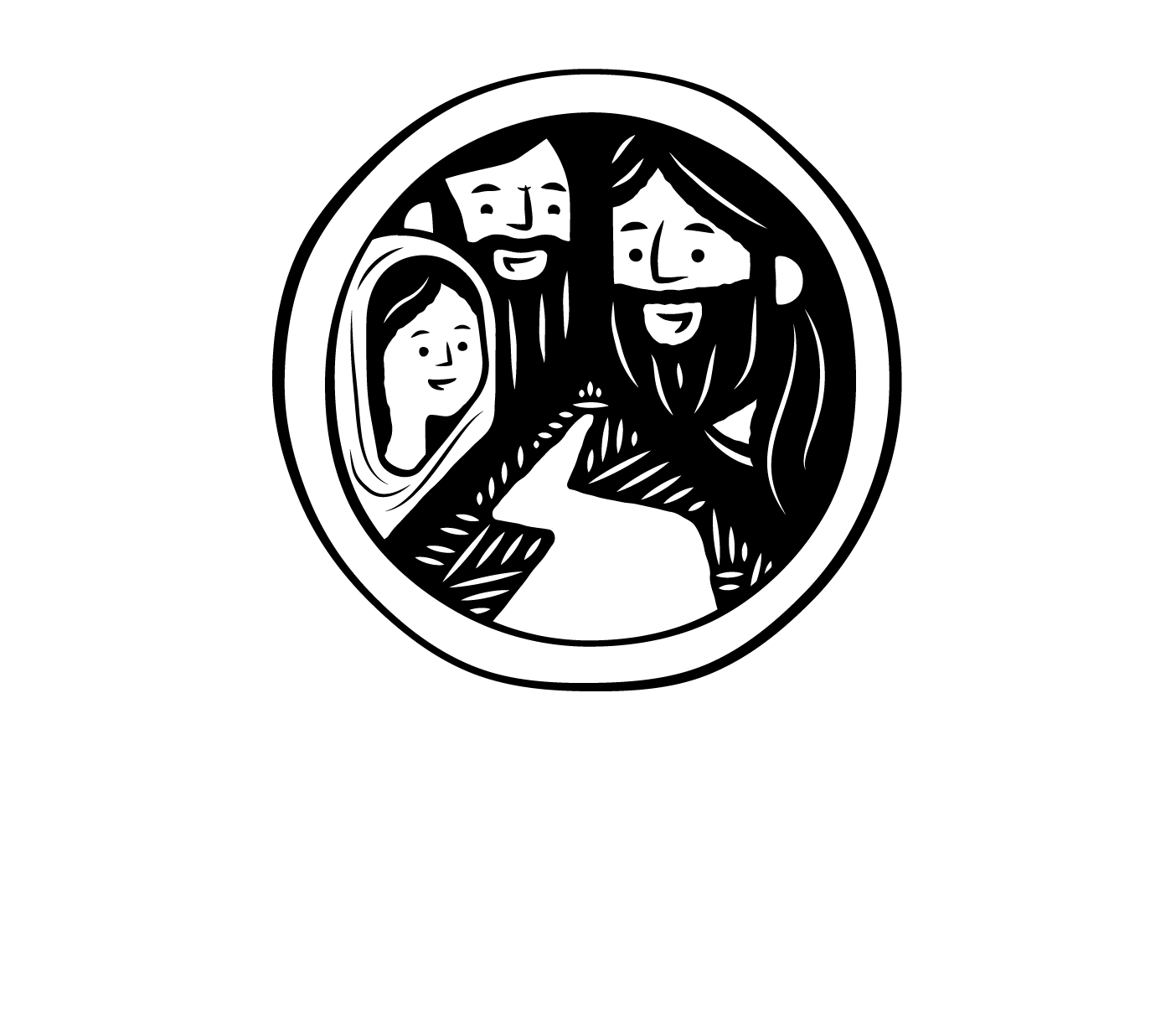The rainbow is a beautiful thing. Let’s talk about an ancient Greek word for “rainbow,” namely ΤΟΞΟΝ (pronounced: toxon). (This is intended to be the first blog post in a series that will, I hope, appear throughout this June.)
The word ΤΟΞΟΝ first appears in Scripture in the book of Genesis. The ancient translation of the books of Moses from Hebrew into Koine Greek existed already in the time of Jesus. It was known and used by Jews throughout the Roman world and beyond.
In the place in Genesis where TOΞΟΝ makes its debut, the world’s inhabitants have become increasingly unrighteous. God was very merciful and showed patience. But the level of moral pollution got to such a state that God’s great forbearance was brought to the breaking point. God wiped out all earth’s inhabitants by flood waters — all, except one family.
God preserved a family of eight people – Noah, his wife, his sons and their wives. This larger family consisted of four smaller ones: A father and mother and the families started by each of their three children. When the flood waters receded, God made a covenant with the four families. He promised he would never destroy the earth’s population again through a watery demise.
To confirm the covenant, this gracious promise, God gave a sign. It was the rainbow. Here is the relevant text from Genesis (9:12–17). I’m citing the New Revised Standard Version –
12 God said, “This is the sign of the covenant that I make between me and you and every living creature that is with you, for all future generations: 13 I have set my bow in the clouds, and it shall be a sign of the covenant between me and the earth. 14 When I bring clouds over the earth and the bow is seen in the clouds, 15 I will remember my covenant that is between me and you and every living creature of all flesh; and the waters shall never again become a flood to destroy all flesh. 16 When the bow is in the clouds, I will see it and remember the everlasting covenant between God and every living creature of all flesh that is on the earth.” 17 God said to Noah, “This is the sign of the covenant that I have established between me and all flesh that is on the earth.” (NRSV)
The Old Greek translation of the Hebrew text of Genesis 9:13 says this:
τὸ τόξον μου τίθημι ἐν τῇ νεφέλῃ, καὶ ἔσται εἰς σημεῖον διαθήκης ἀνὰ μέσον ἐμοῦ καὶ τῆς γῆς.
Again, the NRSV has here: I have set my bow in the clouds, and it shall be a sign of the covenant between me and the earth.
So, ΤΟΞΟΝ is an important word. It refers to the sign of the first covenant that God ever made with humans. It commemorates God’s mercy. It also reminds us of God’s faithfulness to those who are righteous in their generation. For Noah was found to be righteous in his generation (Genesis 6:9; 7:1).
And Noah is the father of us all, genetically!
The word ΤΟΞΟΝ has a wide range. It can also mean “archer’s bow.” It is found elsewhere in the Old Testament with this meaning. For example, a little later in Genesis, Isaac tells Esau to take quiver and “bow” (Greek TOΞΟΝ translating, again, Hebrew keshet), so that he can catch some game for Isaac to eat.
Further, the rainbow is connected to God’s own presence. There is another Koine Greek word used for “rainbow” in the New Testament: ΙΡΙΣ (transliterated into the Latin alphabet with i-r-i-s [iris] and pronounced: ee-rees). (This word has the meaning of “rainbow” or “luminous arc or circle,” but not of “archer’s bow.”)
The rainbow demonstrates the manifold and variegated brilliance of God. John, the revelator, sees a rainbow surrounding God’s throne. Speaking of God the Father, Revelation 4:3 says:
The one who sat there shone like jasper and ruby. Around the throne was a rainbow shining like an emerald.
The original Greek says (in the THGNT version):
καὶ ὁ καθήμενος ὅμοιος ὁράσει λίθῳ ἰάσπιδι καὶ σαρδίῳ καὶ ἶρις κυκλόθεν τοῦ θρόνου ὅμοιος ὁράσει σμαραγδίνῳ.
Here, surrounding God, is where the rainbow (ΙΡΙΣ) has its natural setting and, indeed, its origin.
So, the rainbow that we see in the sky from earth is a dim light, in comparison to the original.
Some following my thoughts here may be skeptical. Was there really a Noah? And surely there couldn’t have been a global flood, could there? Aren’t the first 11 chapters of Genesis just myth, anyway? Well, we have it on good authority that Noah was a real, historical person. Luke the doctor, the author of the epistle to the Hebrews, Peter, and none other than Jesus himself accepted Noah as a real person of history. And there was a flood – both Peter and Jesus confirm this.
Let’s review what we know: the rainbow is a sign that should remind us of God's mercy, his covenant with all of humanity on account of those few who trusted in him and of the beauty and majesty surrounding His own throne.
BUT when the rainbow gets employed to represent unrighteousness, what are we to say? And when this usage is done by Noah’s children, what good can come of it? And when those who do this deny, all the while, that there was a flood, what will be the outcome? And if, in all of this, the misappropriated sign is connected with the chief vice of pride, surely we have a losing combination. It can only be an insult against God’s kindness, which the ΙΡΙΣ, the ΤΟΞΟΝ, has been designed to display.
Let us pray for mercy for all who have lost their way.
Now, here is a song that I wrote specifically for this blog post (and the related pod cast). It is called TOΞΟΝ and the text is taken directly from Genesis 9:13 in ancient Greek. Enjoy!

